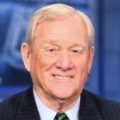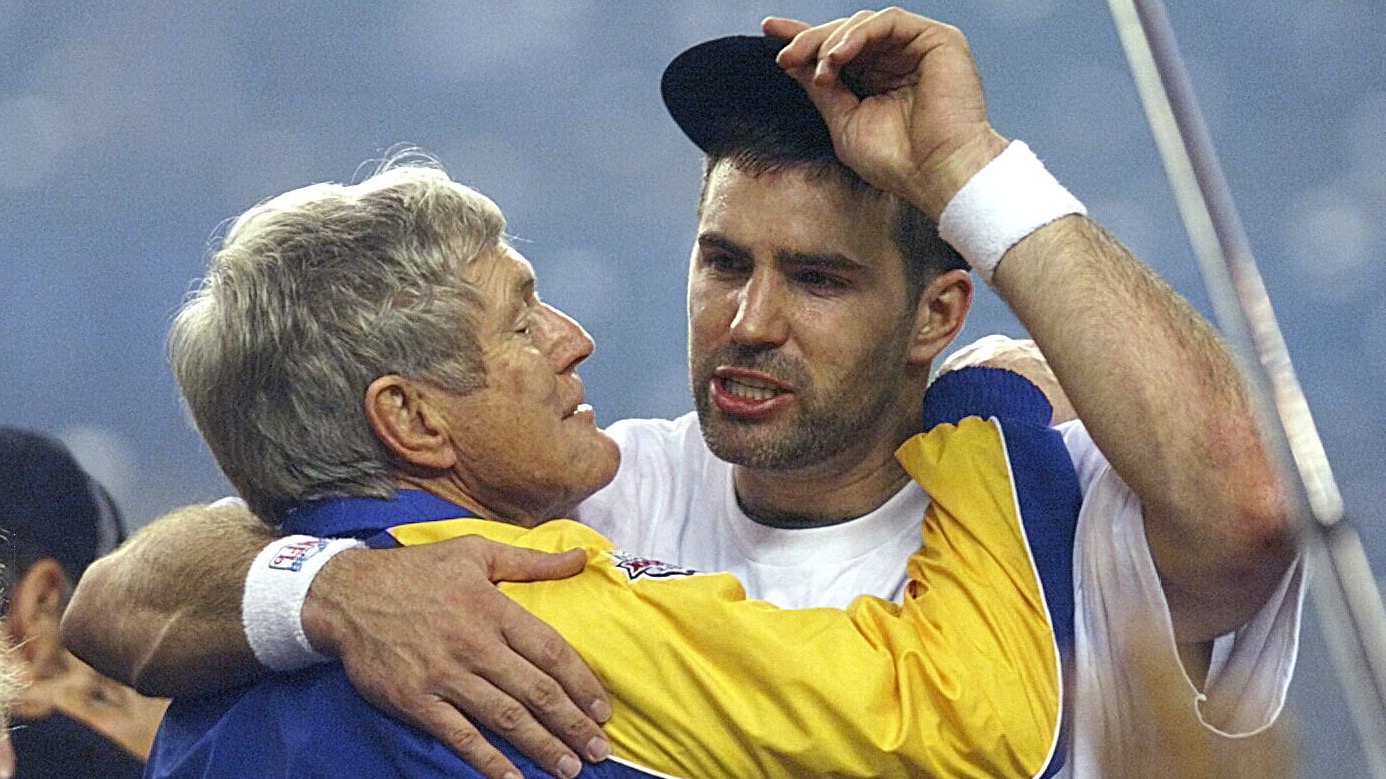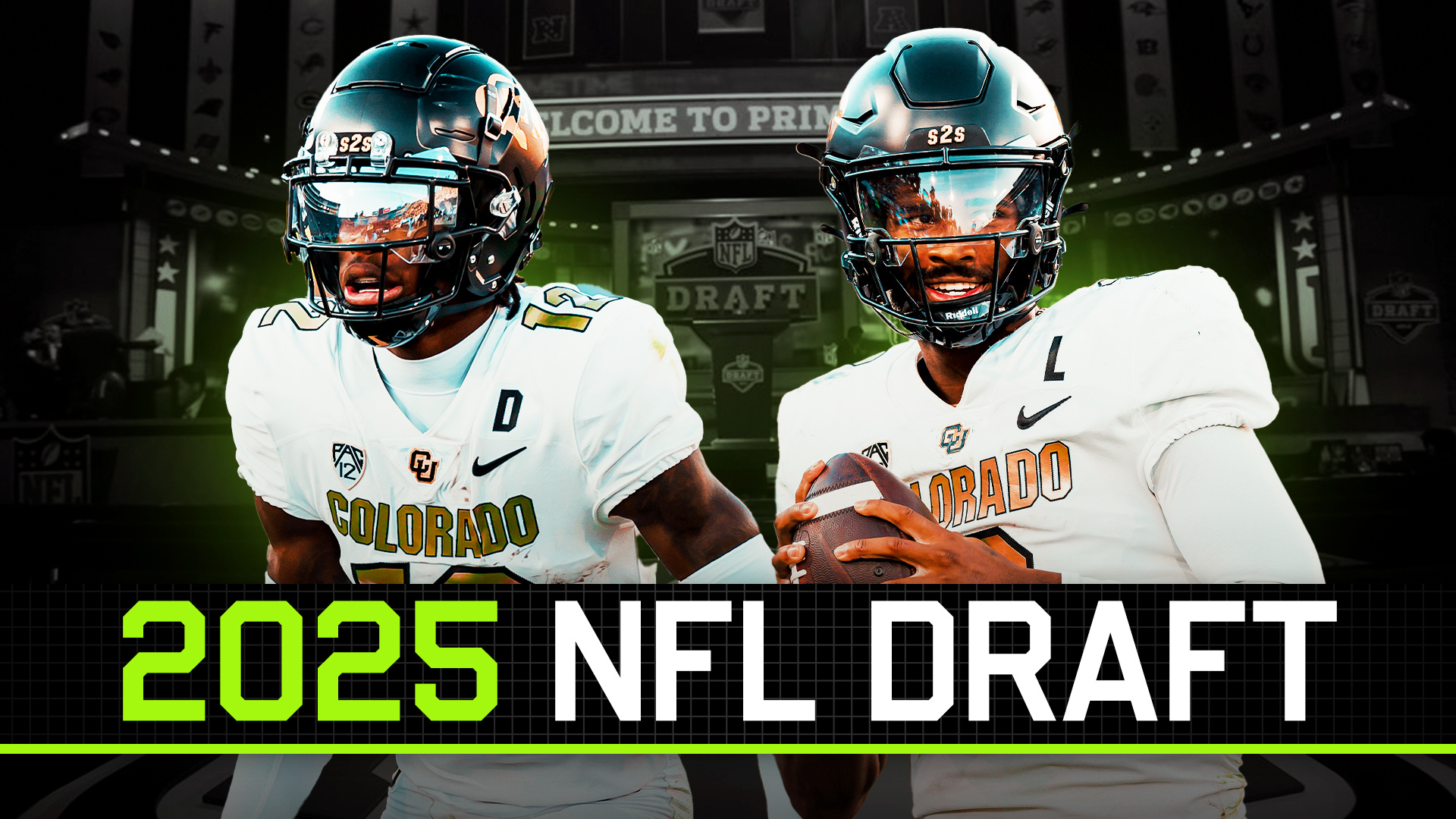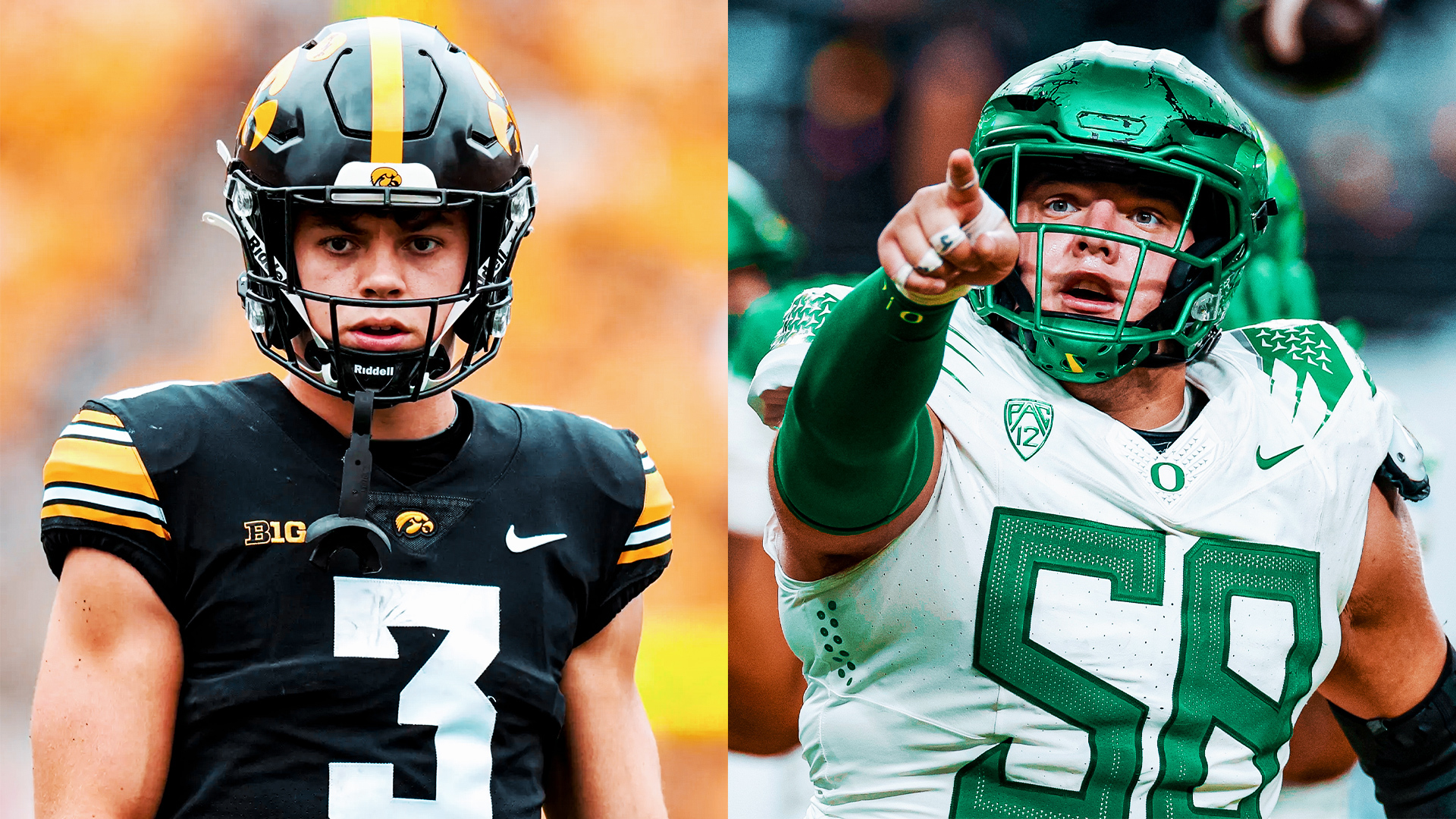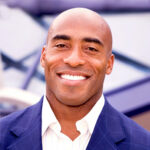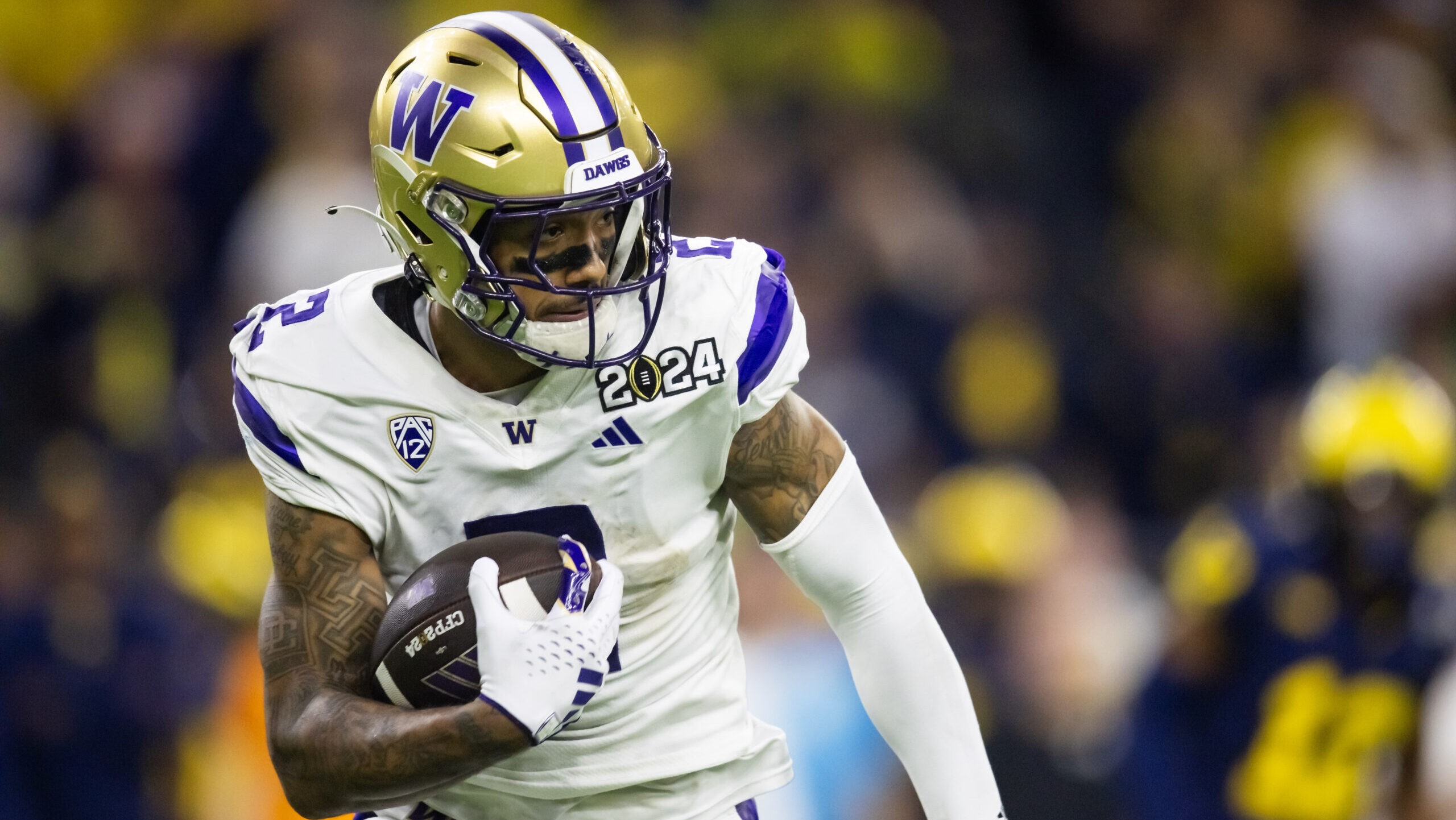Analysis
7/14/23
7 min read
Inside Look at NFL Preseason Protocols, Player Evaluations
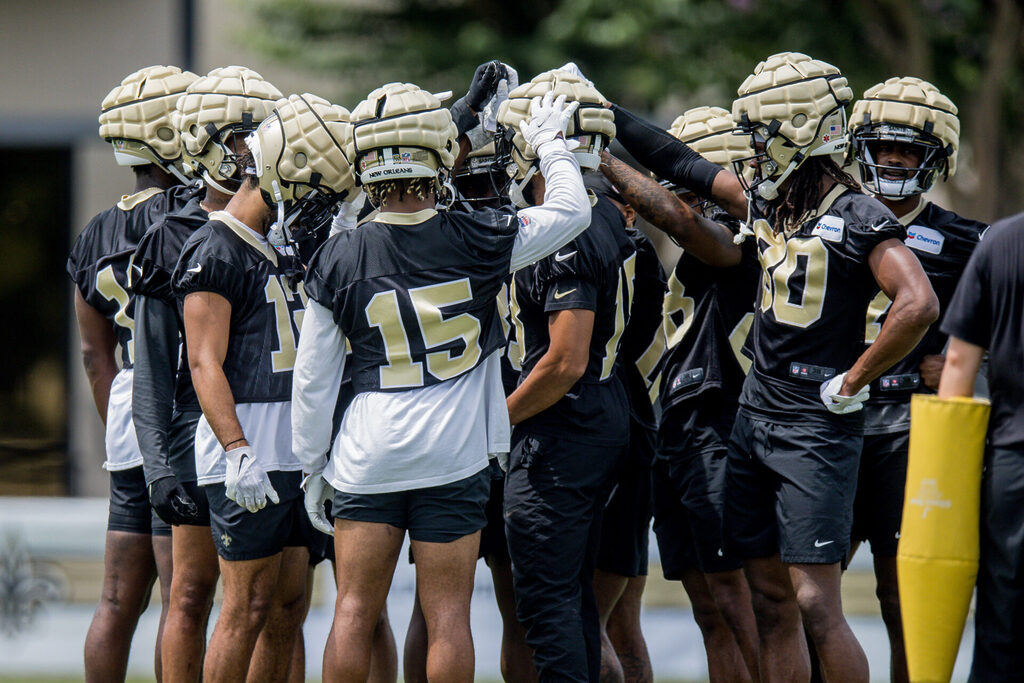
Although it’s hard to fathom, we’re only a few weeks from NFL training camps opening.
From Day 1, we’ll read and hear daily reports on players whose stock is rising and those who have had bad practices. Rookies will be characterized based on their daily performance based on views of practices from vantage points far away from the action.
In truth, practices are a snapshot of various practice drills. Some involve contact in competition, where there are winners and losers. Others are simply repetitions of plays used as teaching opportunities. None involve competition against an outside opponent.
In these settings, the head coach and coordinators often match starters against backups. Rookies are almost always integrated into backup groups; the starters should almost always win. But if they don’t, coaches will have reason to be concerned. The rookies who will make a mark usually stand out during these drills. That isn’t to say that rookies who don’t “flash” early won’t make it. Some rookies learn, retain, execute and adapt to the NFL at a slower rate than others.
That can also be true of veterans who are new to a team or are with a new offensive or defensive system. That’s why the evaluation of players in training camp is continual and not a daily good today/poor yesterday roller coaster.
Coaches grade film daily but withhold judgment until they have an extensive body of work on which to base an opinion.
Developing a Preseason Blueprint
With the Indianapolis Colts, Tony Dungy and I developed a training and evaluation protocol that proved to be the perfect blueprint for what we hoped to achieve in camp and the preseason.
My mentor, Marv Levy, described the objective of training camp as follows: “First, get your team ready to play and win in the regular season. Second, find football players.” Nowhere in that statement does it say anything about winning preseason games.
Coach Dungy and his successor, Jim Caldwell, viewed the preseason exactly as Levy did.
We always demanded 100 percent effort in every practice and game. Still, we established in Buffalo and refined in Indianapolis a formula for how many plays our starters would play in preseason games regardless of the score or what group the opponent had on the field.
We carefully scripted the number of “live” (full contact) reps our starters would get in practices. We varied the tempo of drills from “thud” (full-speed takeoff and initial move minus tackling) to “full-go” (game speed plus tackling).
There were numerous water breaks to keep hydration high, and practices were short, usually less than two hours.
These days, the NFL’s rules allow only one padded, full-speed practice daily. The second practice must be a walk- or jog-through with no pads or contact. These new rules were promulgated during the 2011 collective bargaining agreement negotiations between the NFL and NFL Players Association.
Jeff Saturday, our center and union rep in Indianapolis, was a player leader in these negotiations. The rules that were agreed to are based largely on our Indianapolis protocol, which he believed in completely.
Importance of Patience in Evaluation
There are many coaches for whom I have great respect who approach the game and the preseason differently. This regimen, however, worked for us. It was colored particularly because in 16 years after this approach in Buffalo and Indianapolis, we missed the playoffs twice and reached the Super Bowl five times. Our focus was on the long-term view of the coming season, not on the preseason record. Fans and media often disagreed vehemently and loudly with this approach, but the results speak for themselves. Player evaluations were connected directly to our preseason protocol.
At the conclusion of the previous season, in free agency, we released or let go of players we thought were no longer contributors. We didn’t keep nonproductive players just to have bodies on the roster. In Indianapolis, the salary cap constrained our ability to spend big in free agency because there was no rookie salary cap at the time. Peyton Manning, Marvin Harrison, Tarik Glenn, Edgerrin James and Dwight Freeney were drafted high in the first round and were among the highest-paid players in the league from Day 1.
As a result, we filled out our squad every year with young, inexpensive players from the draft’s later rounds and players in undrafted free agency. Tony loved this approach as he felt we could build our culture to a maximum with a roster of home-grown players. Green Bay followed much the same blueprint and won consistently, as well.
At the beginning of OTAs, Tony and I would remind the coaching and scouting staffs there would be no formal evaluation of any player until after the first preseason game. We weren’t naïve enough to believe everyone wouldn’t form opinions along the way, and we created a rudimentary depth chart at the end of OTAs. Nothing, however, was formal until we had a full body of work that included their performance from the first preseason game.
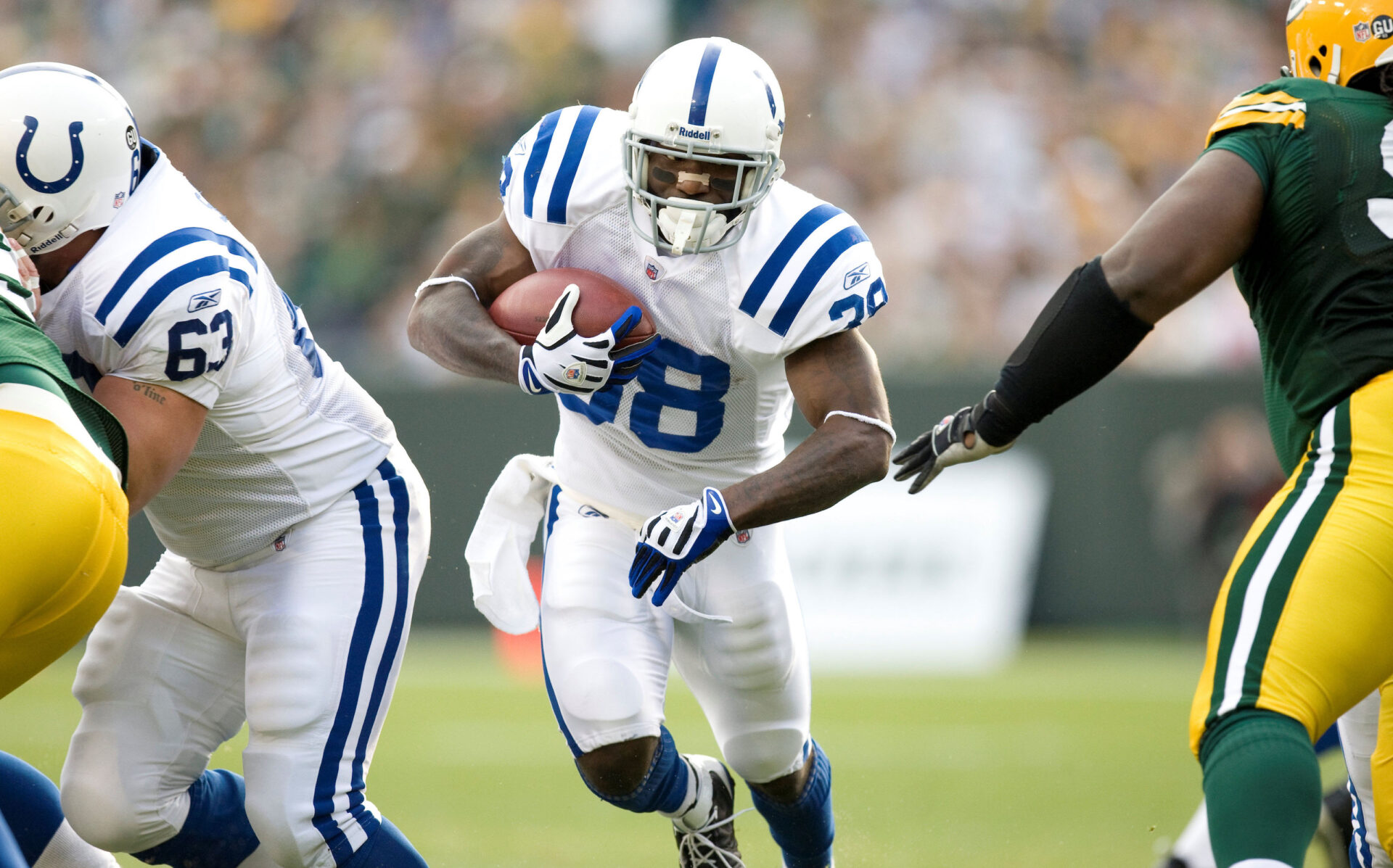
Determining Preseason Game Reps
We scheduled preseason reps for our starters as follows: A series in Game 1; a quarter in Game 2; a half plus the opening series of the third quarter in Game 3. They didn’t dress for Game 4. Backups and rookies, therefore, got about 12 quarters' worth of preseason work to show what they could do.
After the first preseason game, and for each successive preseason game, Tony and I would meet with the coaches for an in-depth and detailed review of every player on the team. The pro scouting staff would do the same with me. Based on those reviews, Tony and I would formulate playing time for the rookies and newcomers who showed real promise in the next preseason game. For example, after the first preseason game of his rookie year, Dwight Freeney was moved to a top backup spot and played seven quarters for the rest of the preseason. We were obviously getting him ready to start in the opener.
Conversely, Gary Brackett, David Thornton and Dominic Rhodes had good practices in camp and flashed in the first preseason game of their rookie years. They moved up the depth chart as the preseason continued and made the team based on their performance in the fourth preseason game. All four players became long-term winners for us. Freeney was a No. 1 draft choice, Thornton was a fourth-round pick, and Brackett and Rhodes were undrafted free agents.
We told the players on the first day of training camp that everyone would get an equal shot to make the team. It didn’t matter where you went to school or in what round you were (or weren’t) drafted. If you could play and help us win, you made the team.
Every rookie played on at least two special teams in every preseason game. Their final evaluation would come from the special teams coach at the cut to 53, and every year, a “no-name” would make the club based on special teams ability alone. Tony and I firmly believed that our approach to the preseason and our evaluation process greatly helped us find quality football players and build our winning culture.
This philosophy is not without its difficulties, and I’ll share some interesting experiences resulting from our protocol next time.
As told to Vic Carucci
Bill Polian is a former front office executive and a six-time Executive of the Year award winner who won Super Bowl XLI with the Indianapolis Colts. Polian’s career as an executive earned him an induction into the Pro Football Hall of Fame in 2015.
Vic Carucci has been a national editor for NFL.com and a contributor to NFL Network, a senior editor for the Cleveland Browns and an NFL writer and columnist for the Buffalo News. Follow him on Twitter at @viccarucci.
